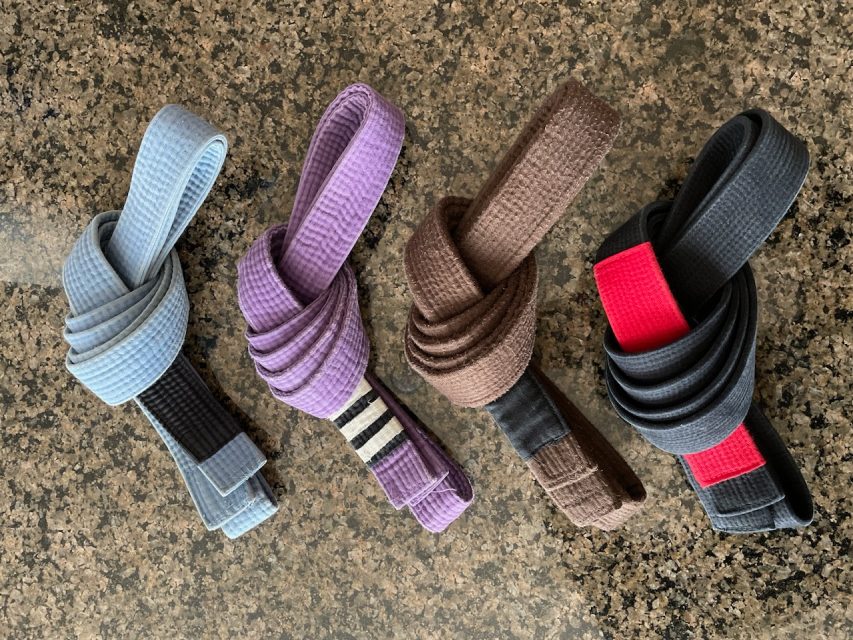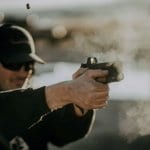As the draw for firearms training and firearms trainers becomes greater, I have observed a trend that I feel is not good for the entirety of the firearms community. My issue is the amount of knowledge or lack thereof, that the instructors have in that skill set.
Let’s look at my local firearms training market. You need about 40 to 60 hours of basic training just to get into concealed carry training. That means basic pistol, protection inside the home, protection outside the home, and a few more courses will satisfy the state of Nevada. Folks who have completed the required training can now teach a concealed carry class (CCW) in the state of Nevada. You are required to attend a class every five years. Although a CCW course is not the pinnacle of the firearms training world, it is the most training the average joe will get in their lifetime.
So why does this matter? Well, if you are the new guy teaching this course, you will make mistakes in the first years you train others. You are going to do things you will wish you could take back. You are learning and it takes time to figure out a way to better relay information to others.
Another area where trainer standards are failing is in law enforcement. In an age where law enforcement officers and departments are being scrutinized for their failures, we need to do better.
In most cases, 40 hours of instruction are required before beginning as a trainer in law enforcement. In some cases, the training can take up to 80 hours, in areas like defensive tactics. In some cases, an individual will get 40 to 80 hours of training, return to their department and become the lead instructor in the said skill. I don’t this is a correct course of action and I think we need to make a change!
For me, I made mistakes early on, ones that I would take back. Before I became the Rangemaster for my department, I was an instructor for around six years. Why do I tell you this? Well, that time gave me the opportunity to work under someone who had more experience. They were there to help and guide me through my mistakes, and even with that I still had issues.

So, this brings me to my main point. If we were to make a comparison to another pathway of instruction in the defensive world, we could look at how the martial arts raise up their trainers. What do the martial arts require before you begin training others? What does it take, as far as time spent in training, to become an instructor in disciplines like Jiu Jitsu or even Karate?
According to my research, a purple belt is the level where most start their instructor career. These individuals instruct under the guidance of a higher-ranking belt holder who has been teaching for several more years. Now I am not an expert in Martial Arts, so if it’s wrong don’t choke me out!
Belt levels from beginner to expert go in this order: White, Blue, Purple, Brown, and Black.

What does it take to get through the belt levels?
- White to Blue: 1 year
- Blue to Purple: 2 -4 years
- Purple to Brown: 2 years
- Brown to Black: 5 years
So, in Jiu Jitsu on average, you need approximately 3 to 5 years, depending on your dedication and available free time, to get to the knowledge level where you can begin teaching. I feel the martial arts are doing a better job of raising up their next trainers.
What can we do?
So, what can we do as firearms trainers in the civilian and law enforcement realm to change our standards in what we require of those who train others?
In the civilian and law enforcement market, if you want to train others, take pride in yourself. I mean, before you teach others take 3 to 5 years for your professional development. Start with attending entry-level classes in as many different areas as you can. Once you are competent in the entry-level classes start thinking about attending an instructor-level course. Some of these classes will teach you in only one type of firearm, like handgun, rifle, or shotgun. Take multiple classes from several different instructors. If you can start teaching, do it as a Range Safety Officer (RSO) with an instructor you trust, and do it as much as possible.

You should be skilled in the area you are instructing. If the skill is firearms, make sure you can perform the skill you are asking your students to perform. If it’s shooting at 25 yards or firing a round in the head, make sure you can perform the skill the way you are asking it to be done. You don’t have to be better than everyone you teach, but you should be better than most. If you are teaching a CCW class, you should carry concealed yourself and do it religiously. You should understand the laws you are teaching your students and understand how it can affect your students if they use deadly force.
I think you should be aware of your own performance in that skill. When you attend a class, are you out of shape, the least accurate, or unable to perform skills asked of you? If this is you, do you think you are ready to teach others, or should you be focusing on your own personal development?
If you are in law enforcement, did you get thrown into the position as a lead? If so, you need to continue your education. You need to push your agency to send you to training in the areas you are teaching your peers. If your agency won’t send you, you need to send yourself. By saying that, I mean spending your own time and money. You owe it to your peers, even if they don’t always act like they care. They need you more than you know!

All the above things take time, money, and effort. The time and dedication you put into it is up to you. You will need to invest your own money. Be smart about how you spend and budget.
Training doesn’t always take money. Dry practice is just as important, and the only expenditure is your time and effort. If you put in little effort, you will get little results. Alternatively, if you put a lot of effort in, you will get better results.
To end this, there aren’t belt systems in areas besides the martial arts. I feel we should treat our profession like the martial arts do. Work our way up, take the time to learn the skill, and don’t take shortcuts. 40 hours of training doesn’t make you an instructor, it can make you dangerous to the ones you are teaching!


